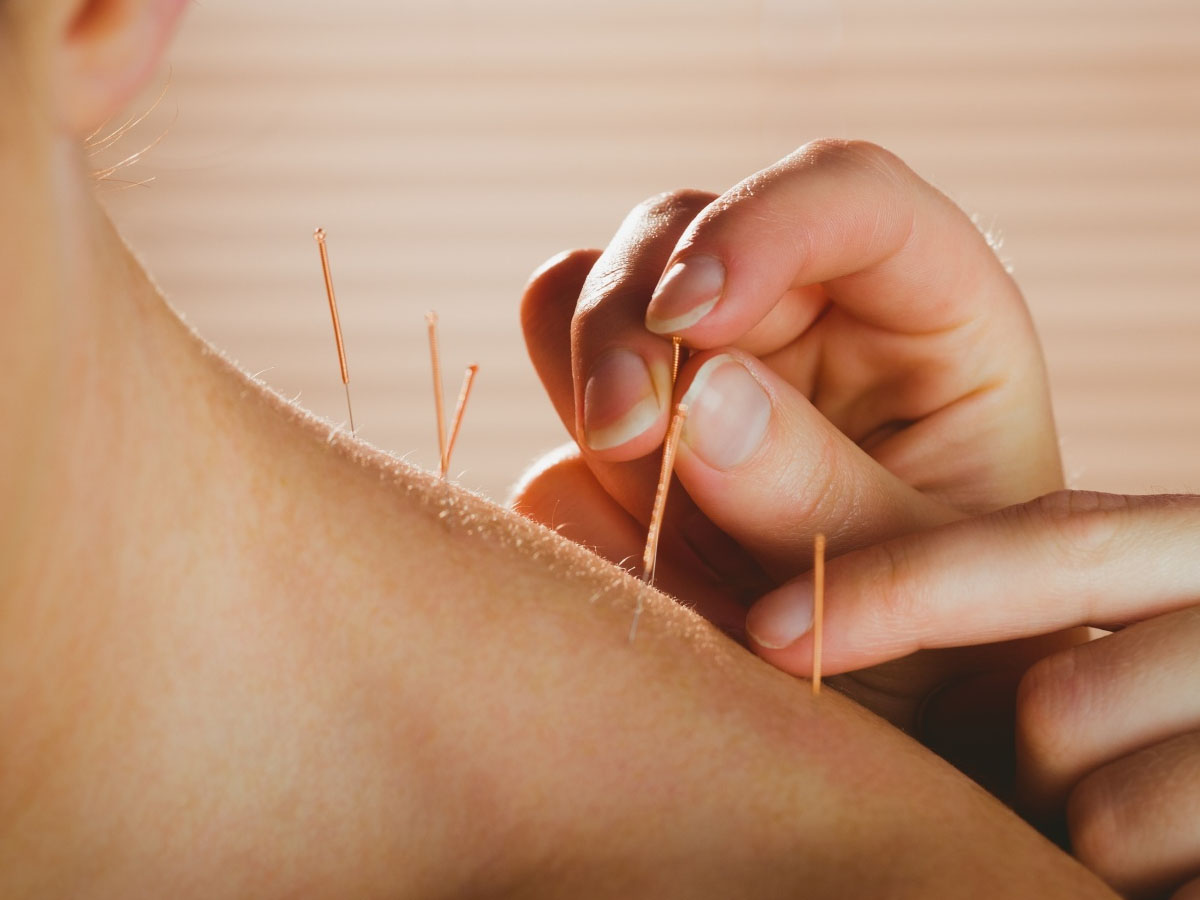Do you love the grace and elegance of Spanish dancers? If so, this post is for you! In it, we’ll discuss everything from the history of Spanish dance to its modern-day popularity. Plus, we’ll share some tips on how to get started learning this beautiful form yourself. So grab your partner and get ready to dance with Rasaneha!
Spanish dance is a beautiful form that dates back to the 16th century. It originated in Spain and quickly grew in popularity all over the world. Today, Spanish dance is still trendy and attracts new enthusiasts every year.
So what exactly is Spanish dance?
In simple terms, it’s a type of folk dance that typically features intricate footwork and graceful movements. The steps can be pretty complex, so it takes a lot of practice to master them. But don’t let that discourage you! You can learn how to perform this elegant dance style like a pro with enough dedication.
So how did Spanish dance get started?
It has its roots in commerce. As you probably know, Spain is a country with many different cultures and traditions. This diversity helped shape the evolution of early forms of Spanish dance. During this time, the Moors living in southern Spain were known for their unique dances featuring circular foot patterns, while the Castilians produced dances based on quick steps to mimic daily activities like hunting or harvesting crops. Andalusia’s Gypsies also created dances that featured fire elements because they believed it would bring them good luck!
These diverse cultural influences gave birth to modern-day styles such as flamenco , sevillanas , jotas , zambra gitana , balada gitana , caracoles , and more. Each of these styles has its unique movements, rhythms, and music.
If you’re interested in learning Spanish dance, there are a few things you should know. First of all, it’s essential to find a good teacher. There are many different schools and instructors, so do your research and find one that fits your needs. It’s also helpful to have a partner to practice with. And finally, be patient! Learning this complex dance style takes time and practice. But with enough dedication, you’ll be able to perform the beautiful steps of Spanish dance like a pro!
Spanish music can be quite different from other folk or classical music types. While it may sound upbeat and lively at first listen, there’s much more going on here than what meets the ear! Let’s take a closer look below:
What is flamenco?
Flamenco originated in southern Spain as an offshoot of Andalusian Gypsy culture during the 18th century. It incorporates instrumentation like castanets, guitars, palmas (handclapping), and cajóns (a wooden box used as a percussive instrument). The guitar is typically played using rasgueados, strumming with the fingertips instead of Flatpicking.
The songs are sung in Spanish and often employ copla (a stanza form consisting of eight lines), seguidilla (seven eleven-syllable lines rhymed AABB), or salaries (12-syllable lines that alternate between ABACA rhymes). These melodies feature many types of flamenco styles like polo , caña , tientos , malagueñas , fandangos por soleá, serranas , siguiriyas, bulerías . They’re swift! So if you’re singing along, be careful not to trip over your own words!
How to Get The Basics Right For Spanish Dancing In 5 Steps
-
Choose the right school
There are a lot of schools teaching Spanish dance, but not all of them will be a good fit for you. Do your research and find one that has a style you like, as well as qualified instructors. There are a lot of schools teaching Spanish dance, but not all of them will be a good fit for you. Do your research and find one that has a style you like, as well as qualified instructors.
-
Have a partner
It’s much easier to learn Spanish dance with a partner. This way, you can practice at home and get feedback from someone else.
You don’t need to be romantically involved; any friend or family member will do. Just make sure you’re both on the same page as far as learning goes! It’s much easier to learn Spanish dance with a partner.
This way, you can practice at home and get feedback from someone else. You don’t need to be romantically involved; any friend or family member will do. Just make sure you’re both on the same page as far as learning goes!
-
Learn the basic steps
Before you can start dancing, you need to learn the basics. This will give you a foundation to build on and help prevent injury. There are plenty of instructional videos online that can teach you the basic steps.
Once you have them down, practice at home with your partner! Before you can start dancing, you need to learn the basics. This will give you a foundation to build on and help prevent injury. There are plenty of instructional videos online that can teach you the basic steps. Once you have them down, practice at home with your partner!
Spanish music may be fast and lively, but don’t worry if it’s all new to you at first. Just take it one step at a time, and before you know it, you’ll be dancing along to the beat!
-
Attend a dance workshop
If you want to hone your skills, consider attending a dance workshop. These are typically hosted by professional dancers and allow you to learn more complex steps and choreography.
Workshops also often include a Q&A session with the instructors, so you can ask any questions you have about Spanish dance. If you want to hone your skills, consider attending a dance workshop. These are typically hosted by professional dancers and allow you to learn more complex steps and choreography. Workshops also often include a Q&A session with the instructors, so you can ask any questions you have about Spanish dance.
Spanish music is beautiful and lively but takes time and practice to master the dances. With a little bit of effort, you’ll be able to hold your own on the dance floor!
-
Have fun!
Above all, remember to have fun while learning Spanish dance. This is a social activity, so enjoy yourself and make some new friends in the process. The more you enjoy it, the better you’ll learn! Spanish music may be fast and lively, but don’t worry if it’s all new to you at first. Just take it one step at a time, and before you know it, you’ll be dancing along to the beat! Remember to have fun while learning Spanish dance. This is a social activity, after all! With a bit of effort, you’ll soon be able to hold your own on the dance floor. ¡Buena Suerte! (Good luck!)












Leave a Reply